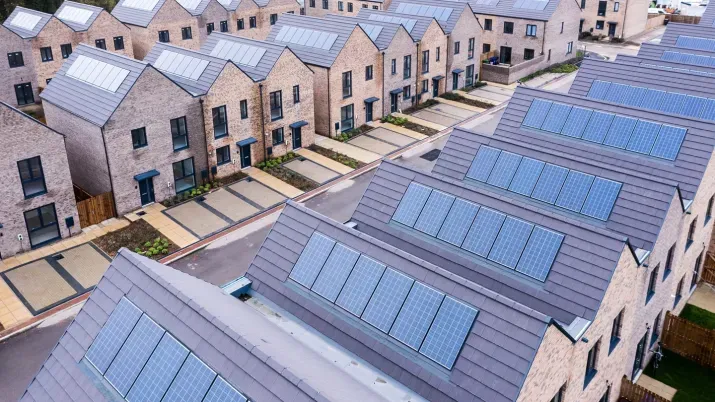Barclays Boosts Case for Bank Bonds Over Equity
TwentyFour
Barclays announced its results for the third quarter of 2020 this morning, with a number of media outlets opting to focus on a 6% year-on-year reduction in top-line income. But looking in more detail, in our view this was a solid set of numbers from the UK bank, a timely reminder of how robust the major banks have proven to be this year and how well they have managed their way through the current crisis.
As debt investors we are naturally drawn to banks’ capital ratios. Despite the obvious headwinds of the COVID-19 pandemic and its related economic uncertainty, Barclays has increased its Common Equity Tier 1 (CET1) ratio from 13.5% at the start of this year to 14.6% as of September 30, an increase of more than 8%. This, on top of the lender setting aside almost £3bn of provisions against its risk-weighted assets, should give bondholders across the whole capital stack a degree of comfort.
Of course the increase in CET1 has been boosted by Barclays being curtailed from any dividend distribution or share buybacks this year, and on this we note the Barclays CEO, Jes Staley, mentioned the bank would speaking with the Bank of England later in the year about dividends (presumably to request some level of future distribution). Even when dividend payments are permitted again, we would still expect the regulator to keep some control on the level of distributions in order to maintain healthy capital ratios.
In our view results such as these highlight potential opportunities for fixed income investors, given they illustrate how a bank with a diverse set of revenue streams, such as Barclays, can continue to maintain healthy capital buffers to protect payment of subordinated bond coupons.
In short we believe bank equity remains highly cyclical, but post-2008 bank debt has been less so, and consequently should be a lot more stable for investors.






